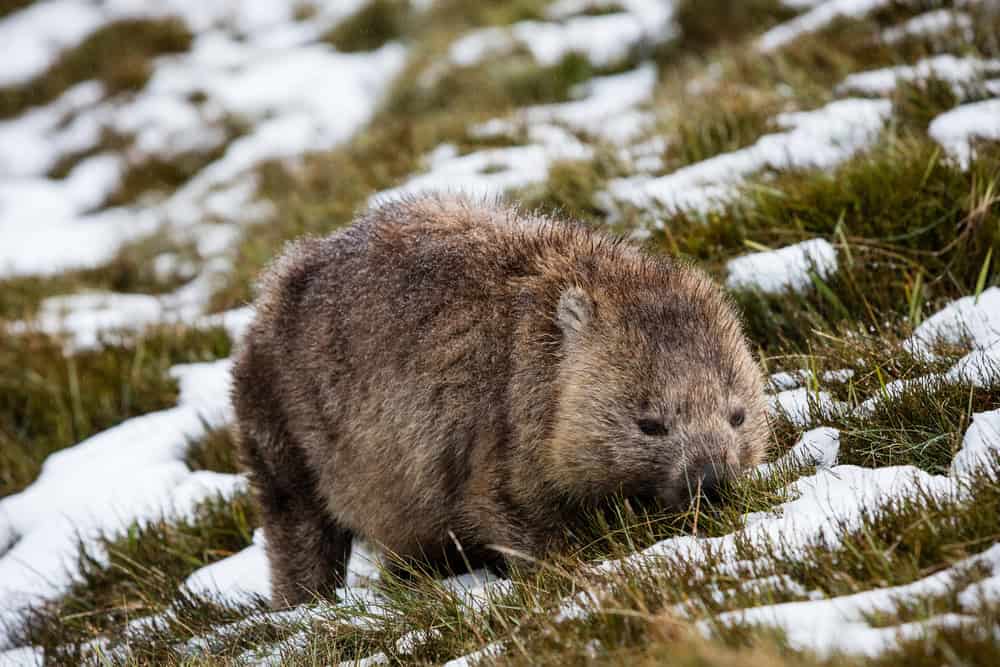Wombats, native to Australia, are fascinating creatures with a unique feature that baffles scientists and animal lovers alike: their cube-shaped poop. This oddity has puzzled researchers for years, leading to a series of studies and investigations. In this article, we dive into the world of wombats to uncover why their poop is cube-shaped, how it helps them, and other intriguing facts about these amazing marsupials.
Unusual Poop Shape
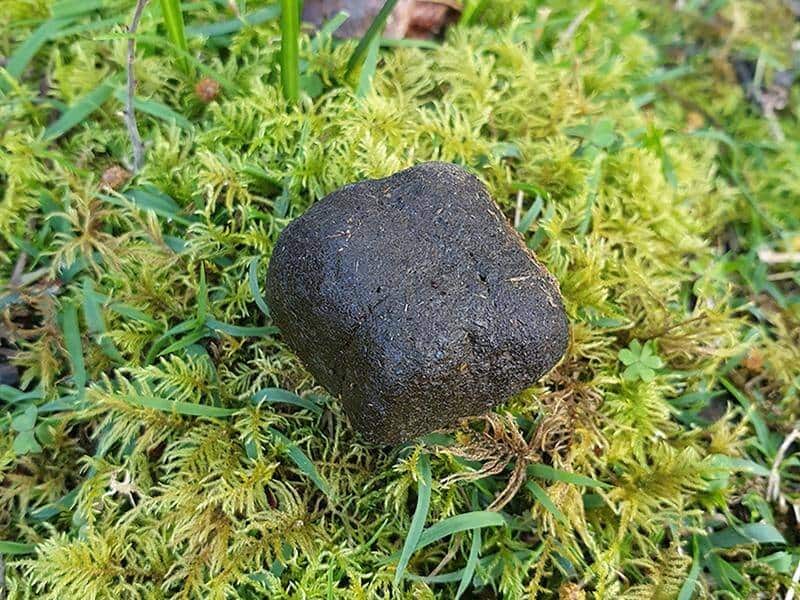
Wombats have cube-shaped poop, unlike any other animal. This strange phenomenon helps them mark their territory and communicate with other wombats.
Unique Digestive Process
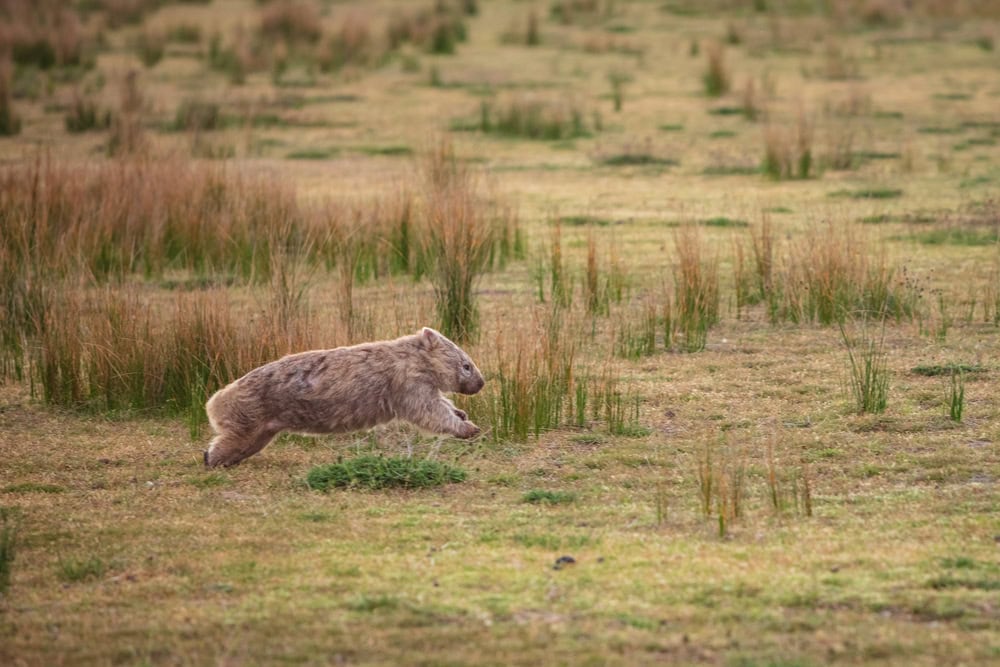
Their intestines play a crucial role in shaping the poop. The digestive process takes about 14-18 days, allowing the intestines to mold the waste into cubes.
Territory Marking
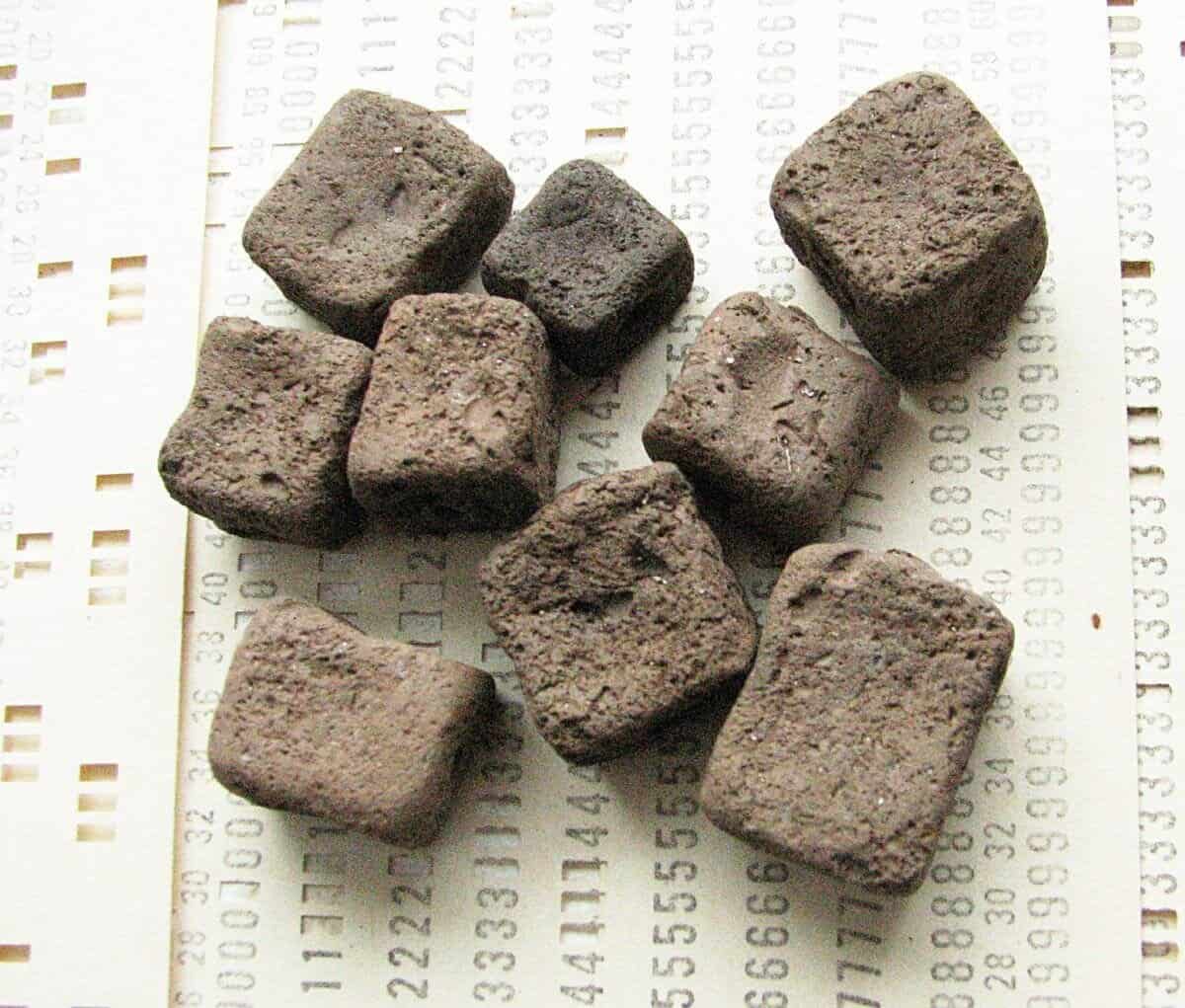
Wombats use their unique poop to mark their territory. The cube shape prevents the poop from rolling away, ensuring their scent marks stay in place.
Communication Tool
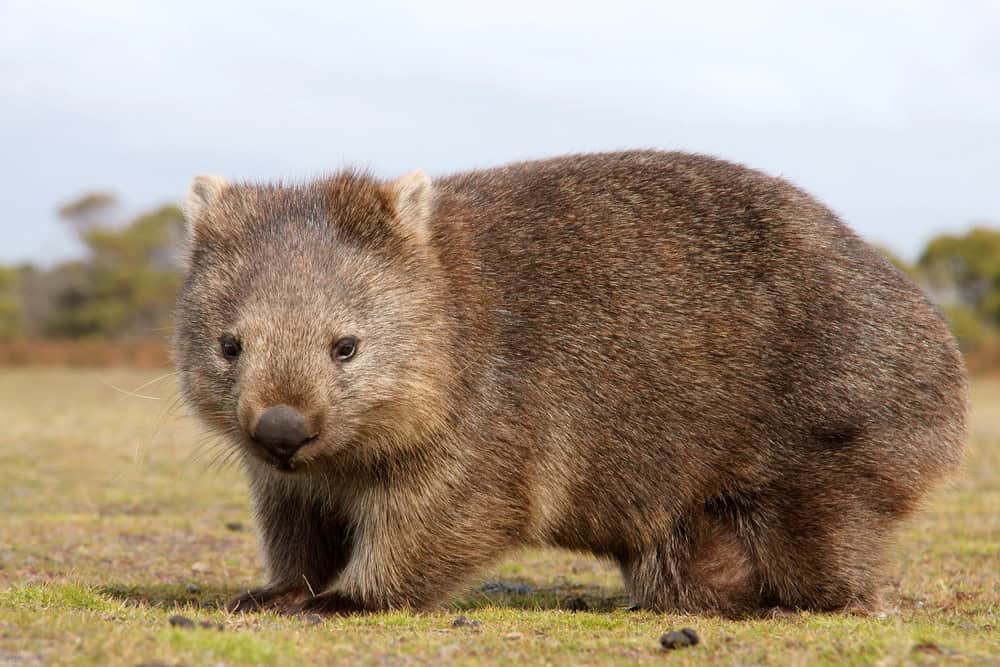
These cubes serve as a communication tool among wombats. They leave piles of poop in specific locations to convey messages to other wombats.
Intestinal Structure
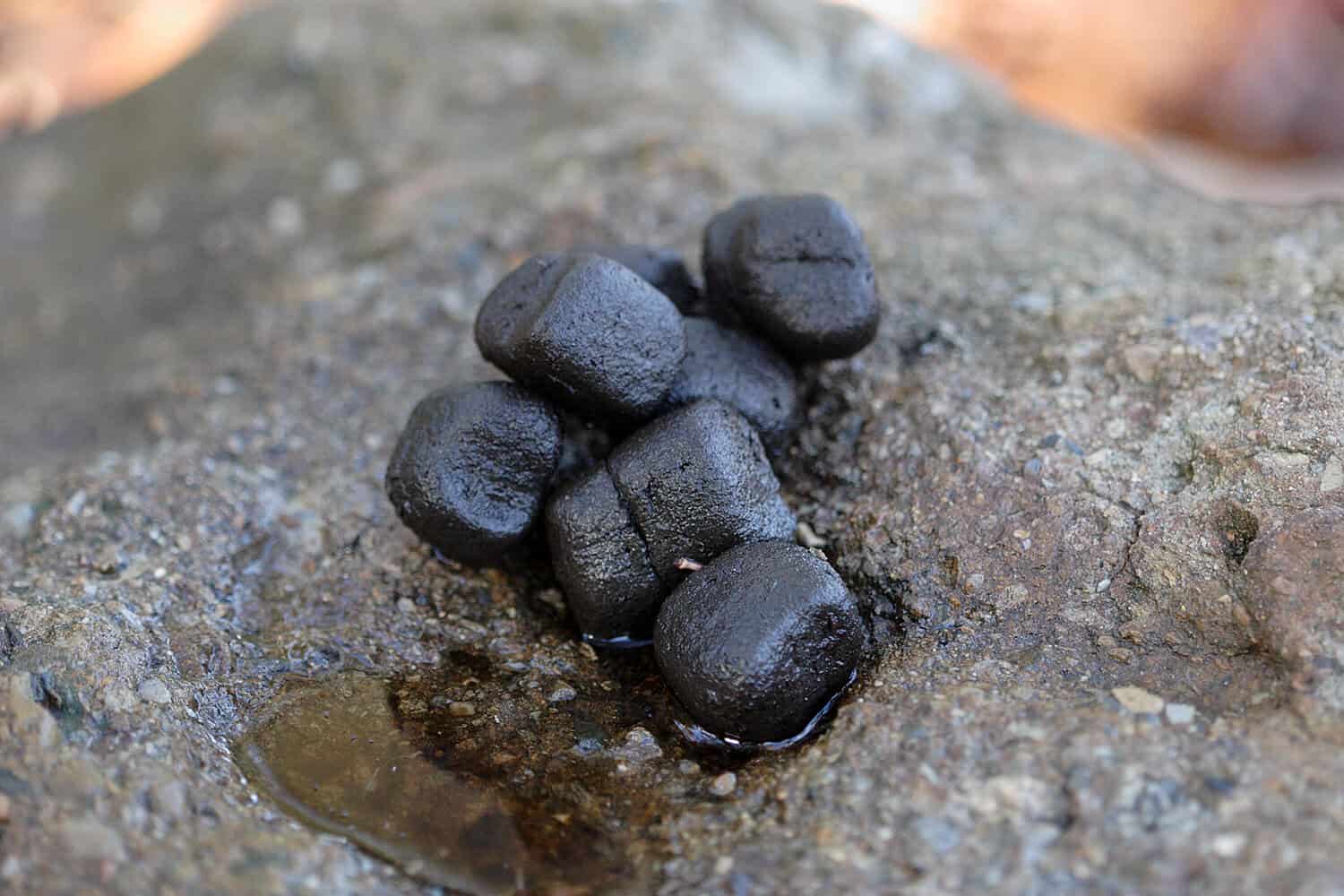
The intestines of wombats have stretchy and stiff parts. These parts work together to create the distinct cube shape during digestion.
Habitat and Behavior
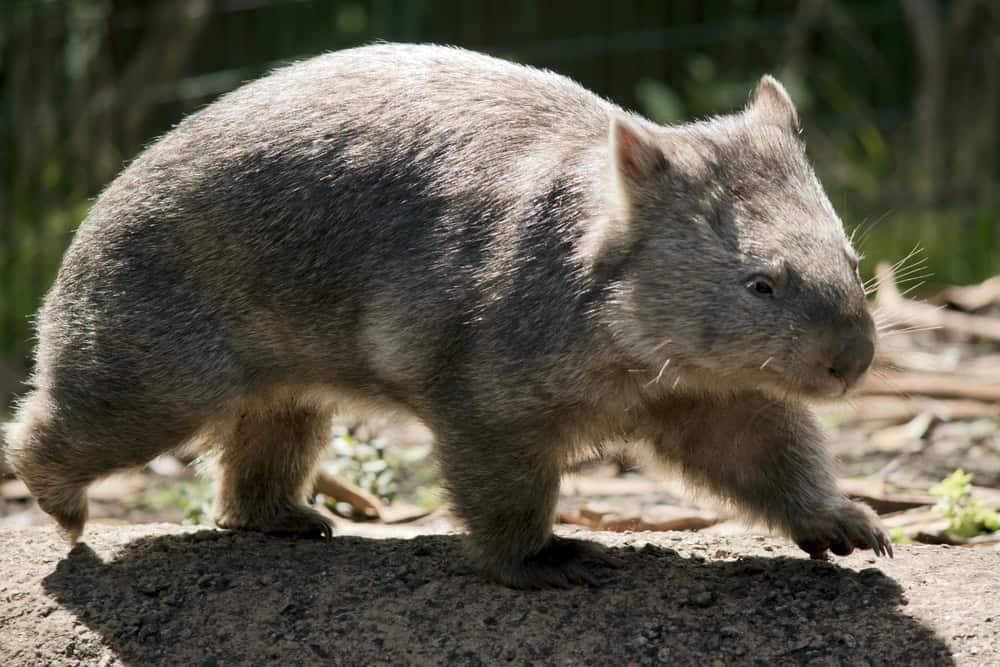
Wombats live in burrows they dig themselves. They are nocturnal and prefer to come out at night to forage for food.
Diet and Feeding
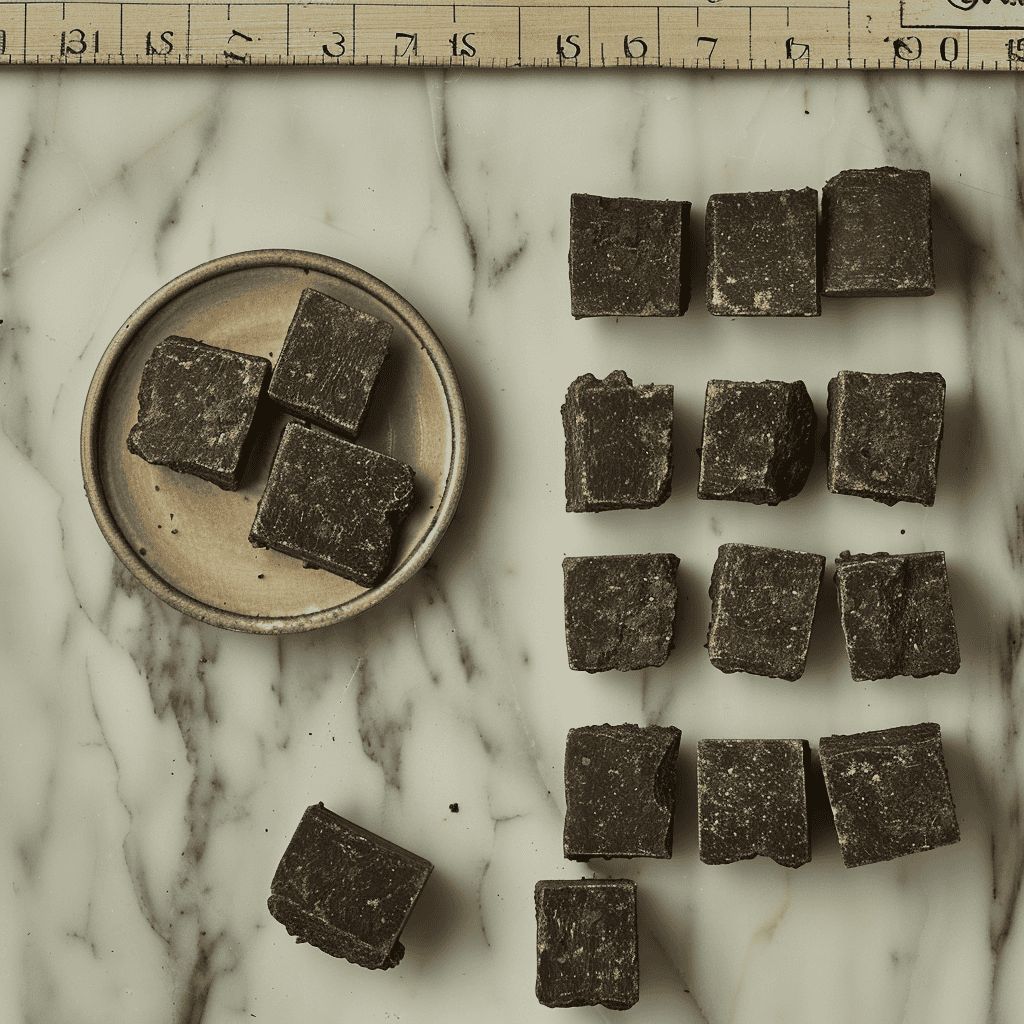
Wombats are herbivores, mainly eating grasses, roots, and bark. Their diet contributes to the unique texture of their poop.
Social Interactions
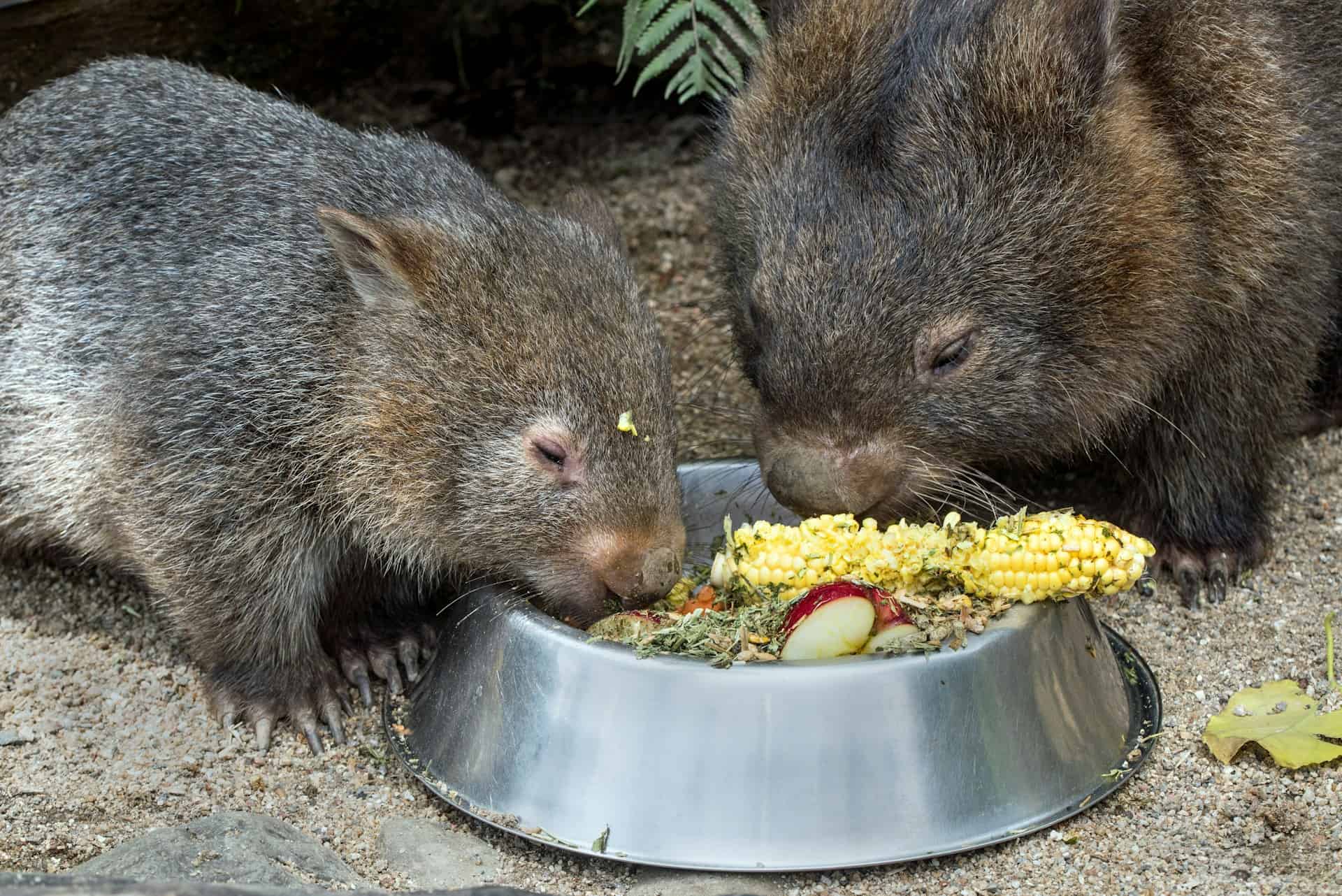
While wombats are generally solitary, they communicate through their poop and occasional vocalizations.
Protection Mechanism
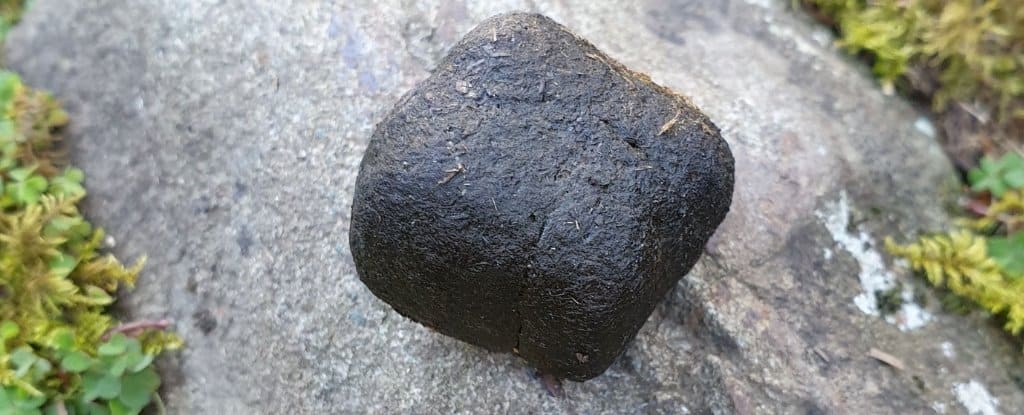
Wombats have a tough cartilage on their backsides, which they use to block burrow entrances and protect themselves from predators.
Research Findings
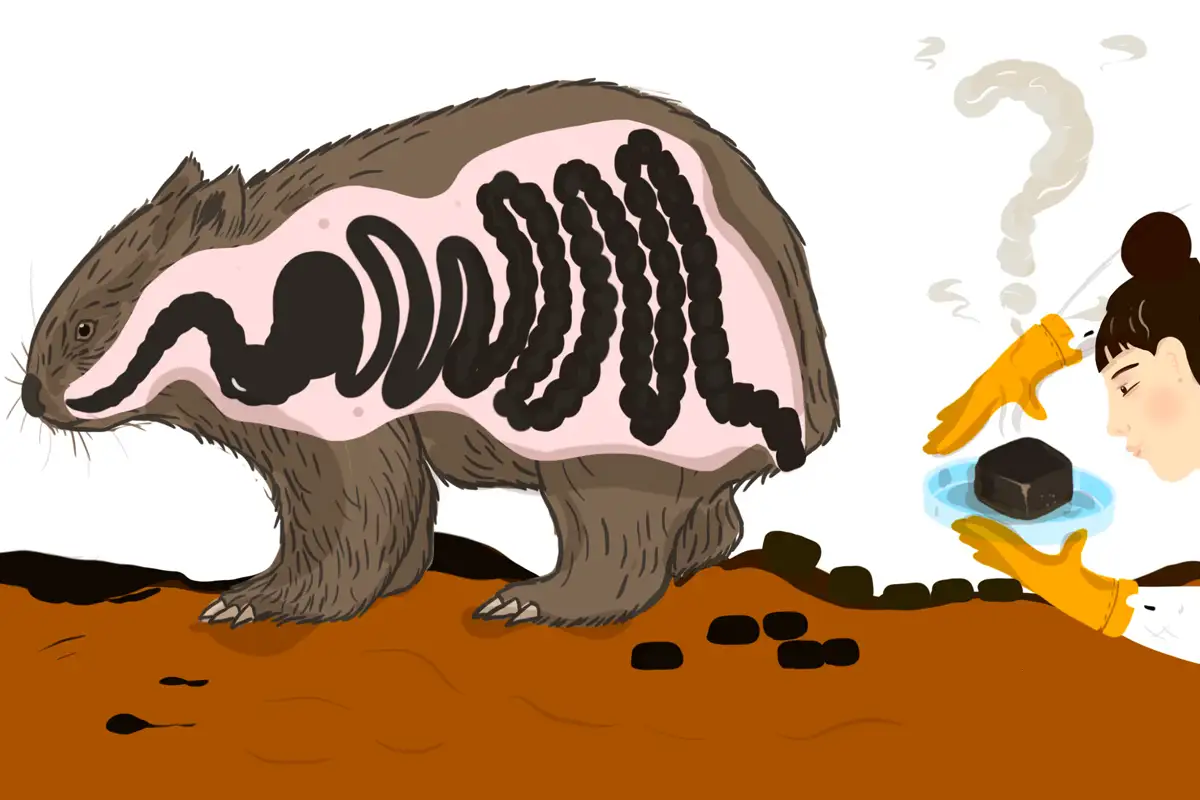
Recent studies have revealed that the cube shape is due to the elasticity of the wombat’s intestines. The varying thickness of the intestinal walls shapes the poop.
Environmental Adaptation
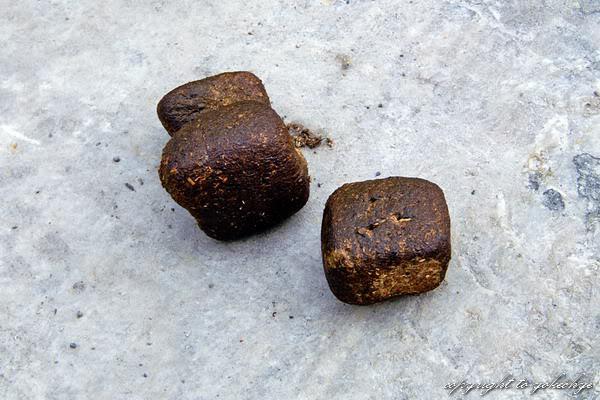
This unique adaptation helps wombats survive in their harsh environments. The cube-shaped poop helps them conserve water and stay hydrated.
Human Interest
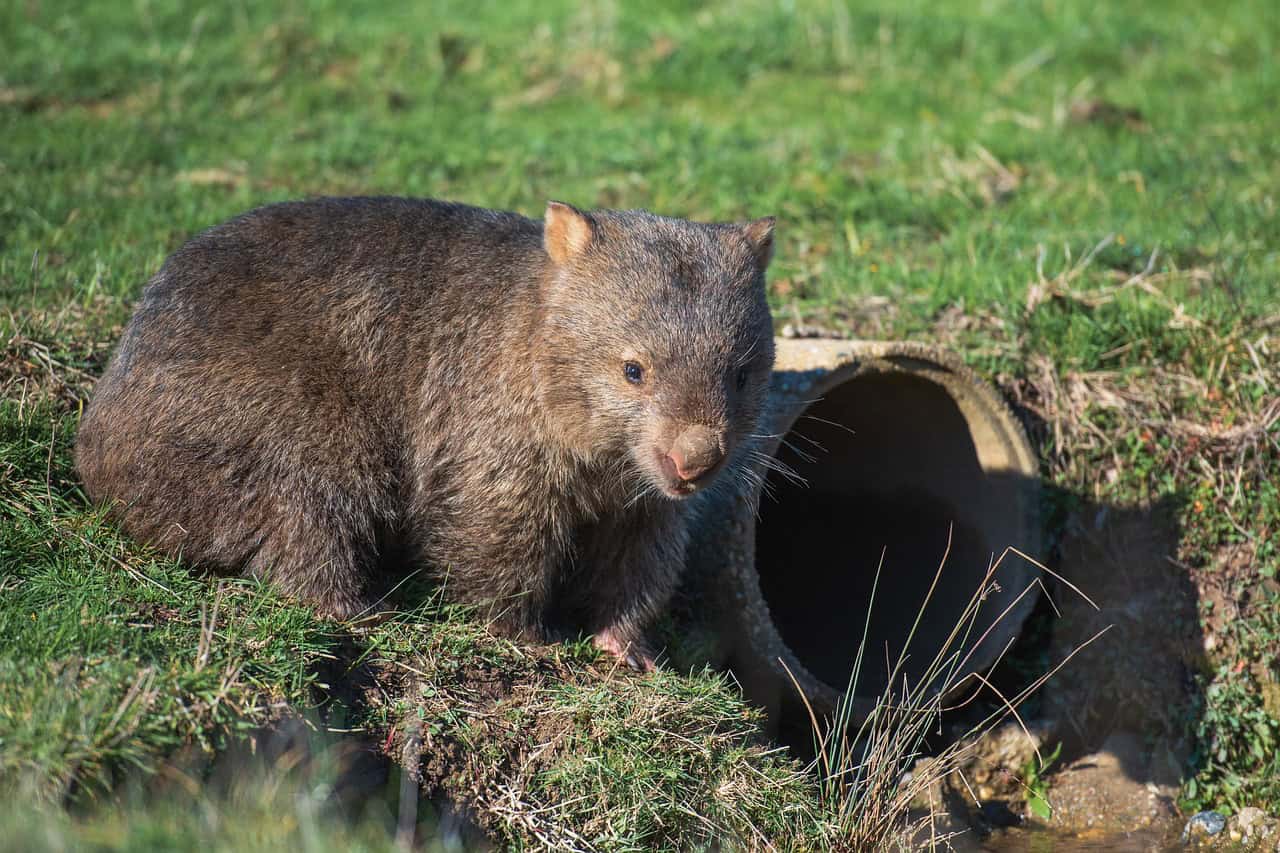
The mystery of wombat poop has intrigued scientists and animal lovers worldwide. It’s a topic of ongoing research and fascination.
Why Cube-Shaped?
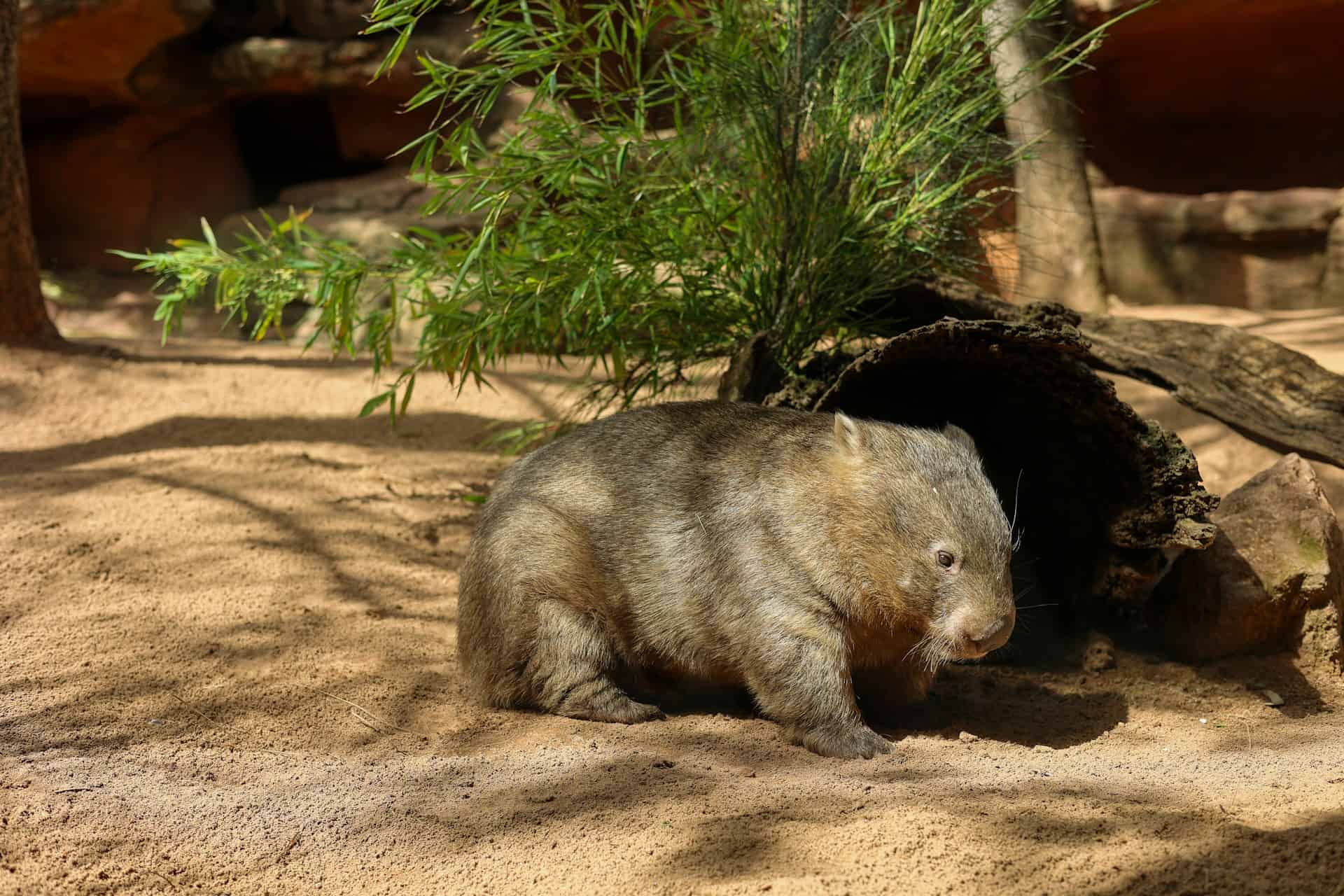
The elasticity of their intestines molds the poop into cubes during digestion.
How Long is Digestion?
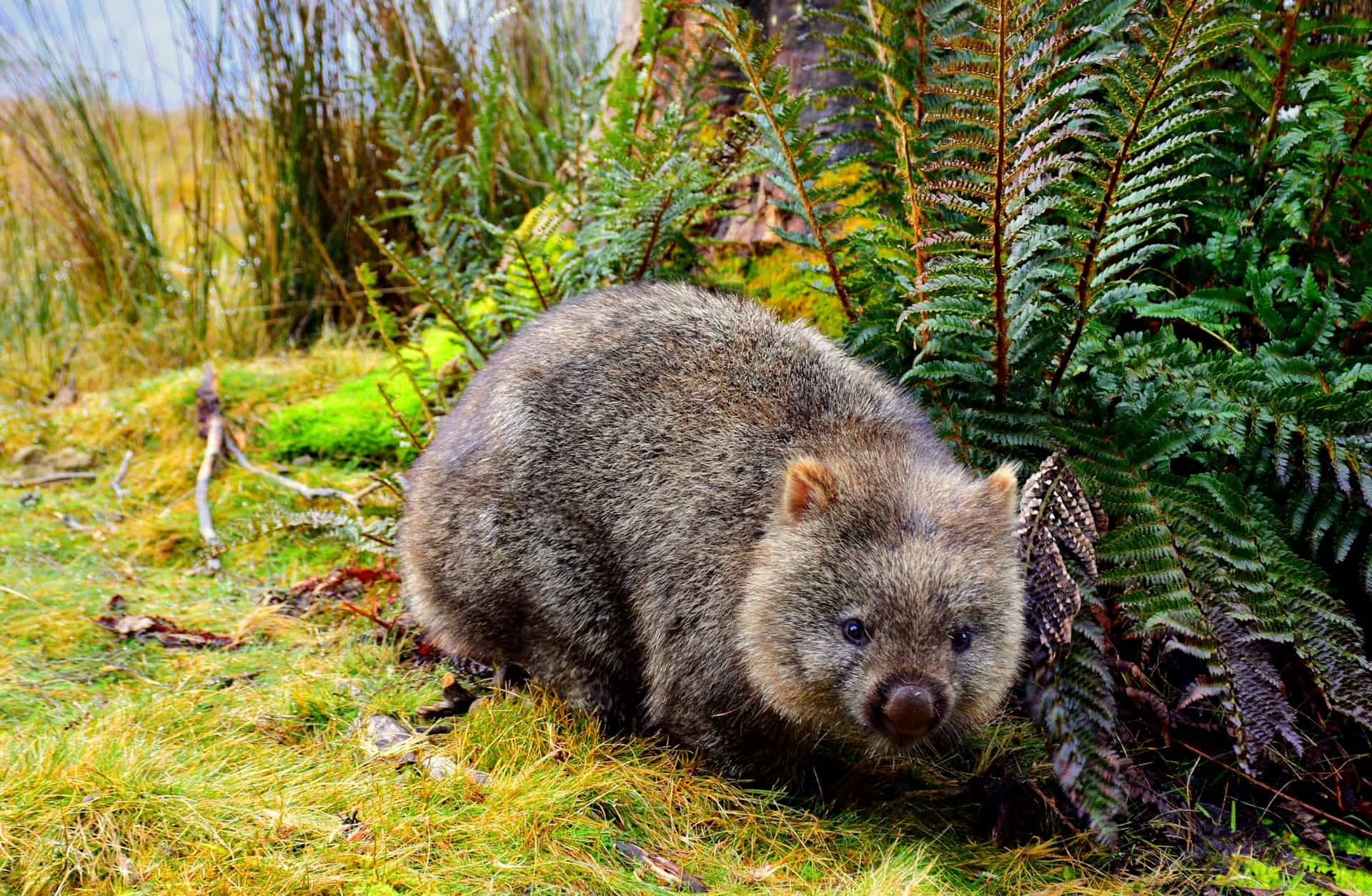
The digestive process takes 14-18 days, allowing enough time for the poop to take its shape.
Do Other Animals Have This?
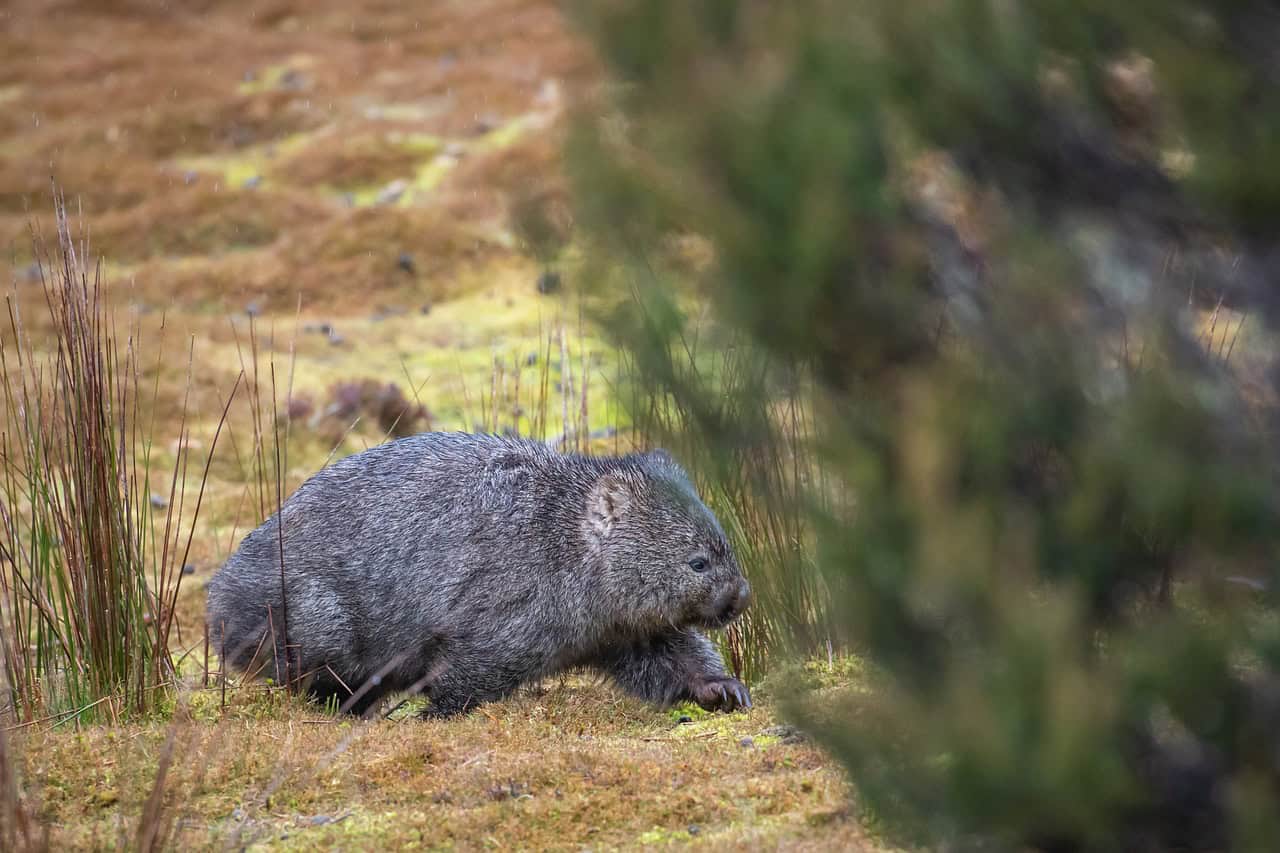
No, wombats are the only known animals with cube-shaped poop.
How Many Cubes Daily?
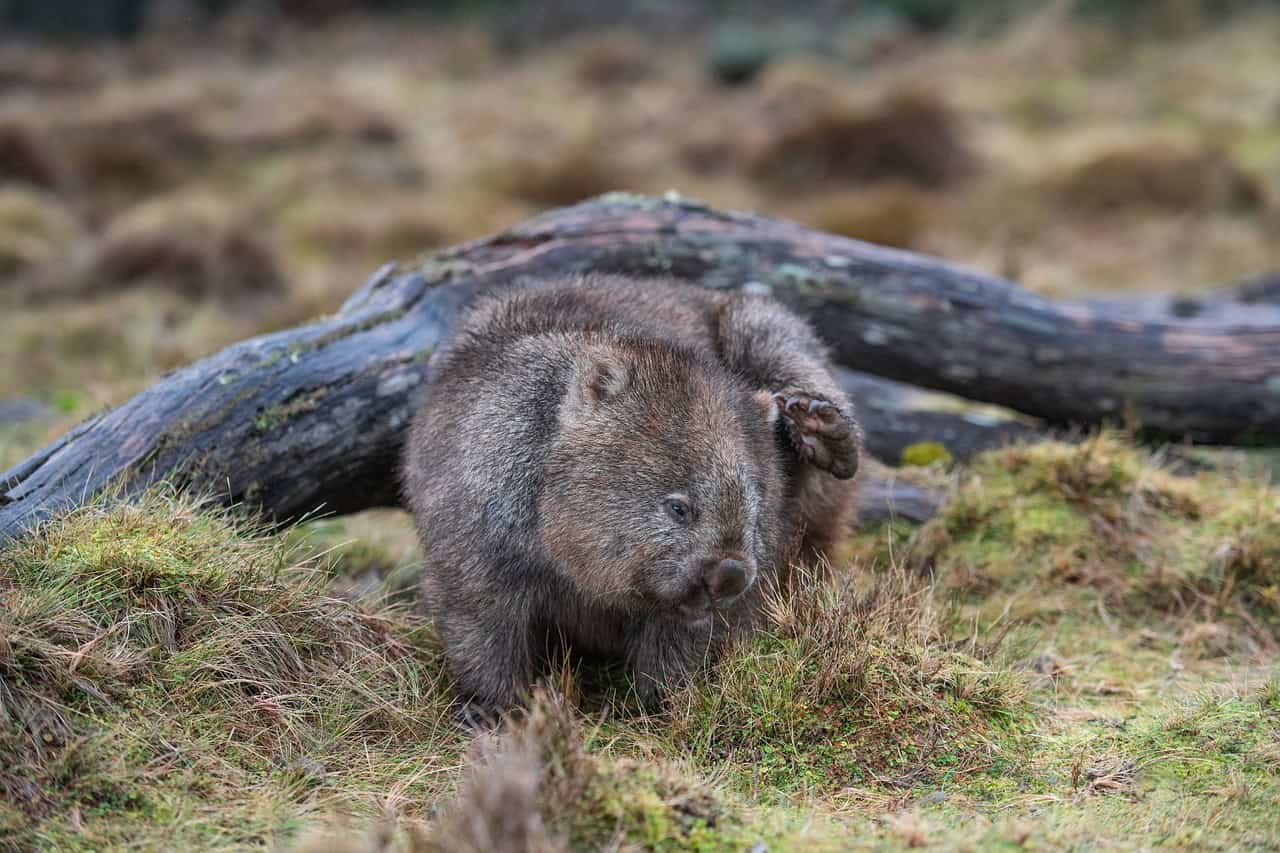
A wombat produces about 80-100 cubes of poop each day.
Any Health Benefits?
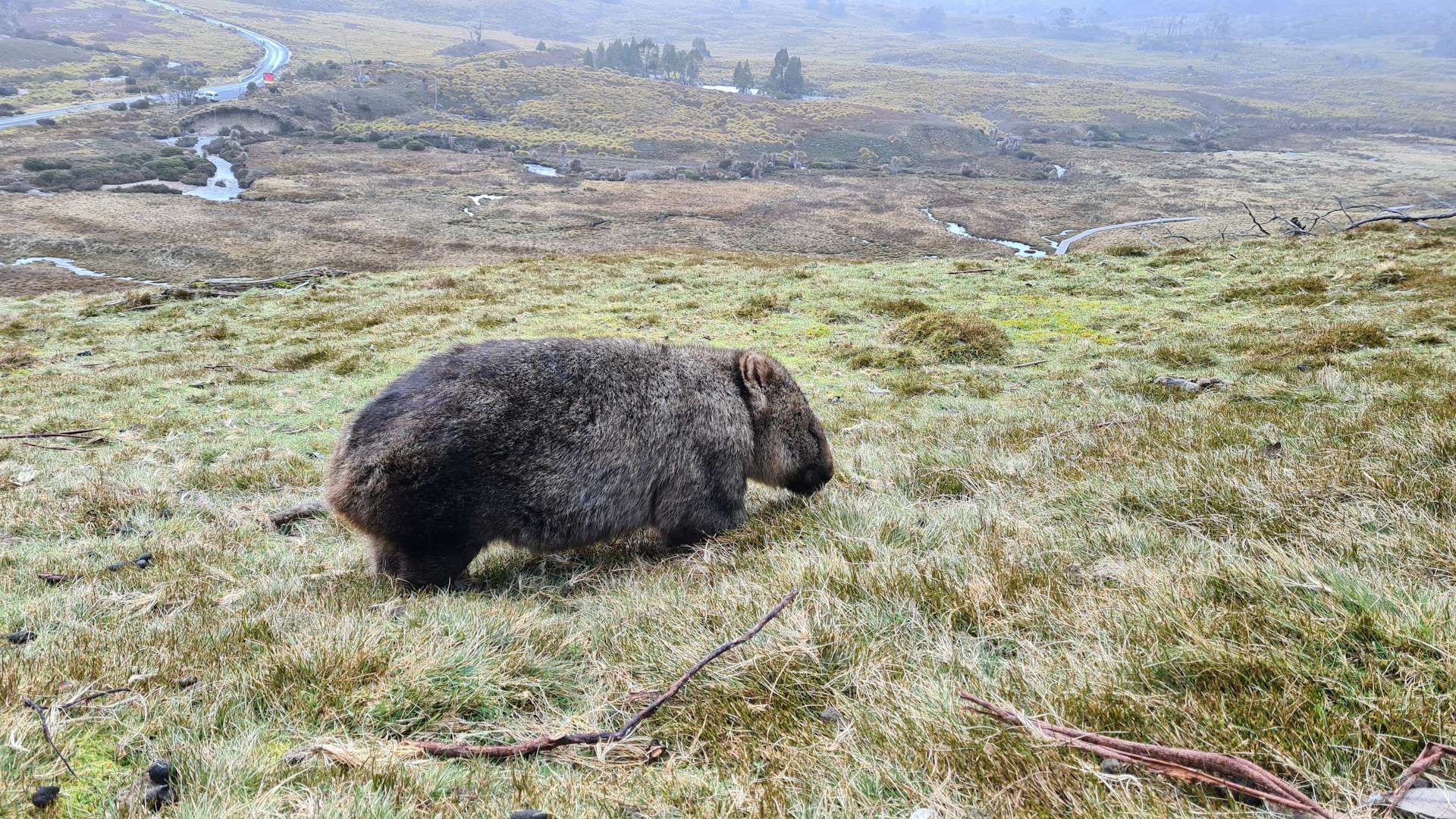
The shape helps conserve water and indicates the wombat’s health status.
Impact on Territory?
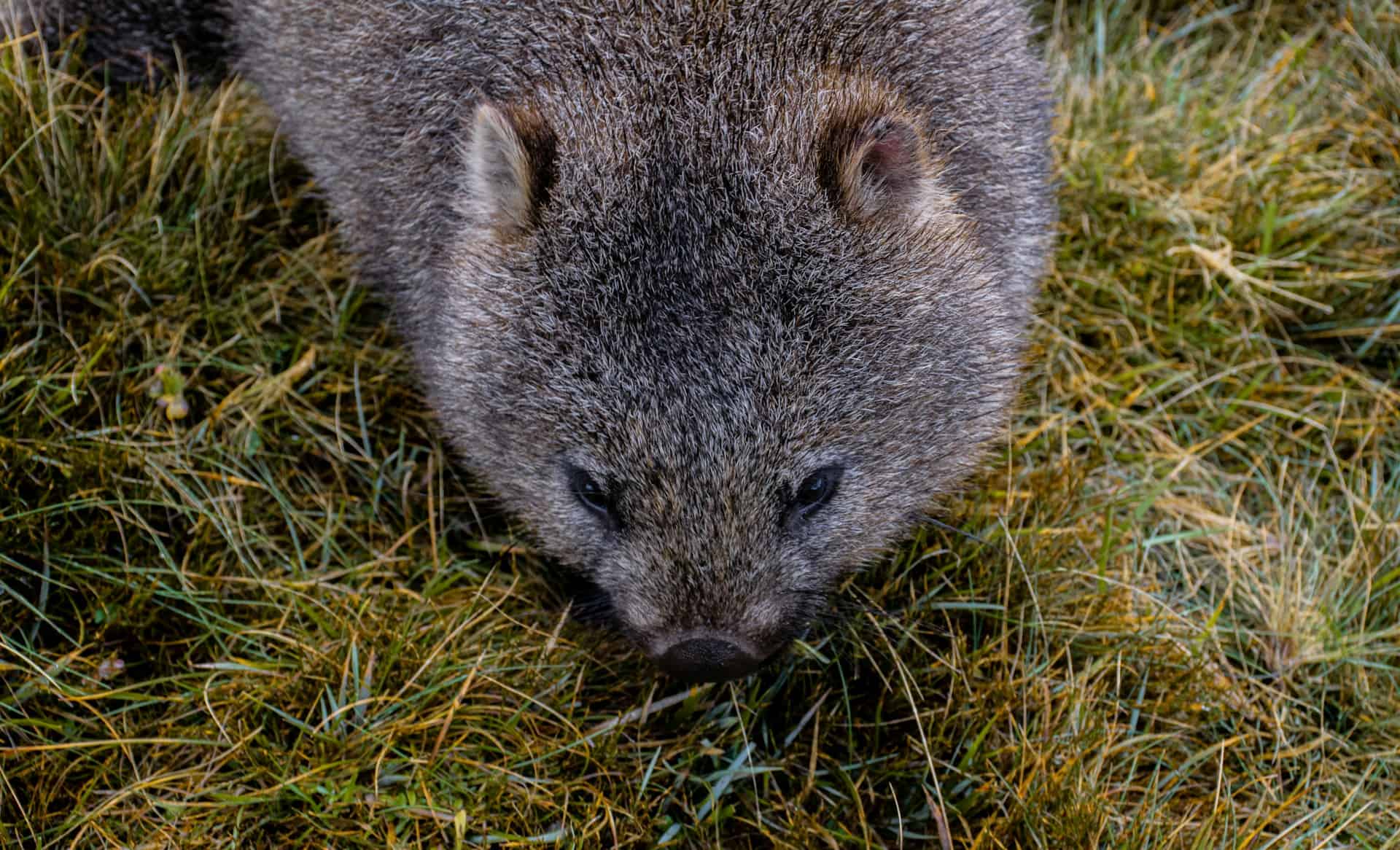
The cube shape ensures poop stays in place, marking their territory effectively.
Communication Through Poop?
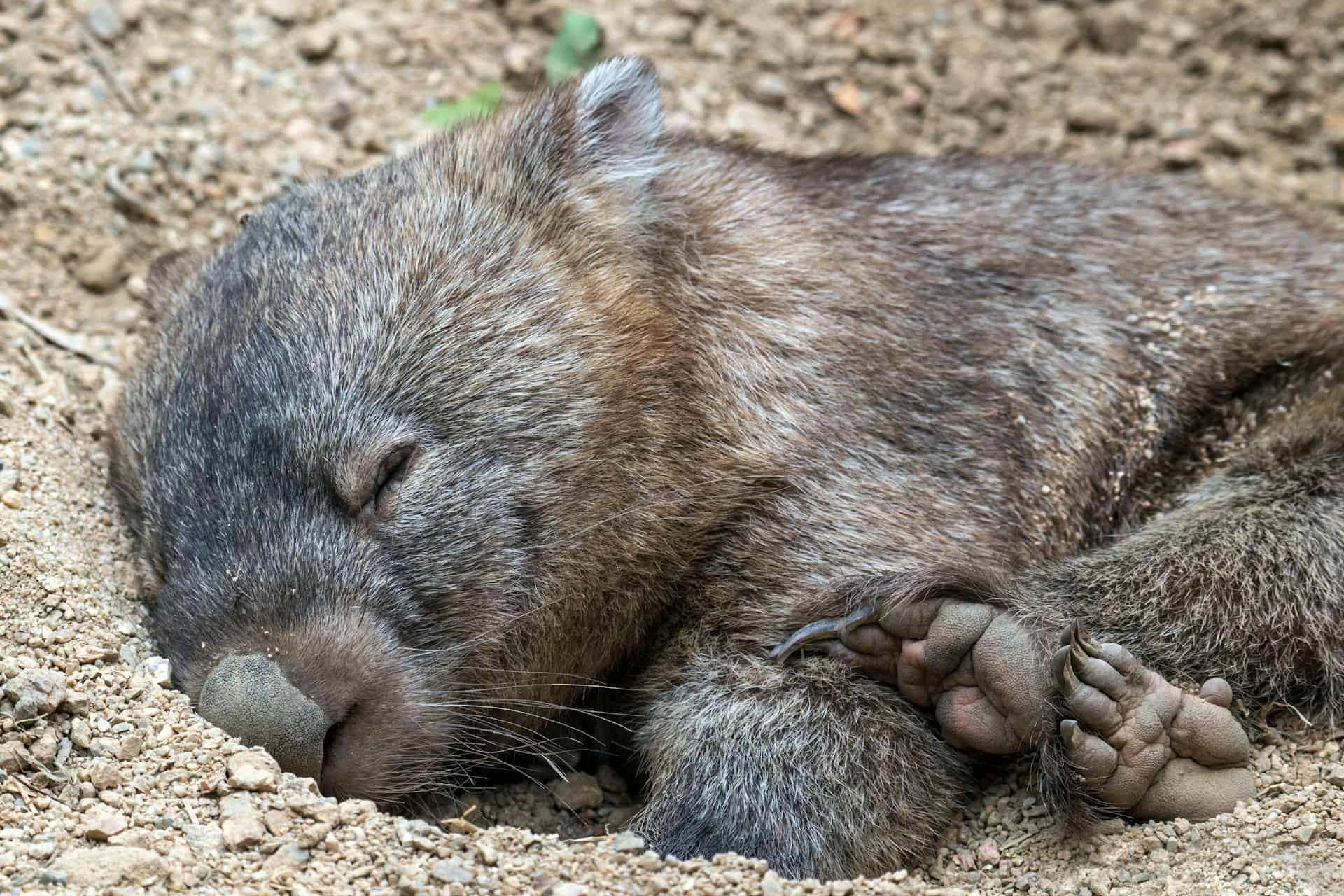
es, wombats communicate with each other by leaving poop in specific locations.
Is It a Recent Discovery?
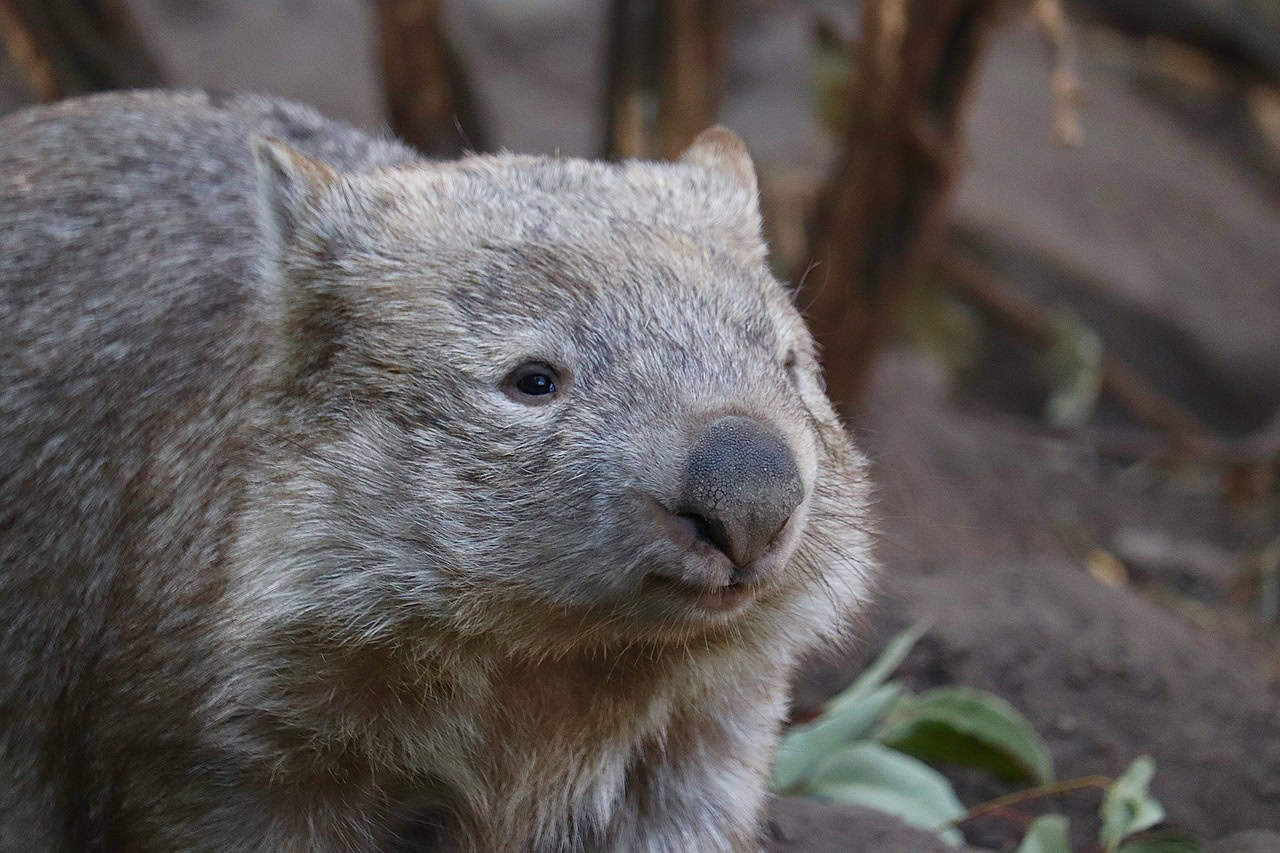
The cube-shaped poop has been known, but recent research has provided more insights into how it’s formed.
Recommended Stories
- Sea Otters Use Kelp as Anchors While Sleeping
- This Sea Creature has a Body of Eyes
- Sharks Are Not Immune To Disease
Join our Forum for free today!

- Cube-Shaped Animal POOP?! Truly One of A Kind! - June 24, 2024
- Giraffe Mom Fights Off Wild Dogs to Save Her Baby - June 21, 2024
- Rare White Bison Calf Born in Yellowstone National Park - June 21, 2024

